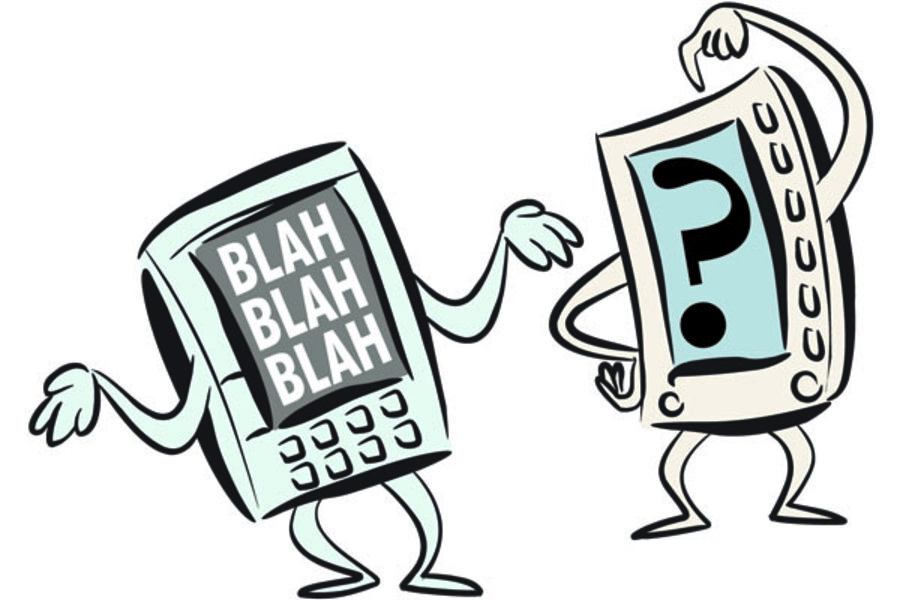E-readers: the compatibility conundrum
Loading...
At this month’s International Consumer Electronics Show in Las Vegas, the biggest tech convention of the year, attendants found a trove of e-reader devices.
Just as iPods replaced your record collection with a click wheel and a pair of white headphones, the Amazon Kindle, Sony Reader, Barnes & Noble Nook, and untold others now want to digitize your bookcase.
However, they all want to do it in different ways.
If you bought a Kindle a year ago, loaded it up with e-books but then became smitten with the Nook, your purchased books cannot follow you over to the new device – the Kindle files will be inscrutable to a Nook.
For now, e-books are not like DVDs – where a movie will work in a Panasonic, Toshiba, or any other company’s player. Transferring e-books is more like sticking that DVD into a VCR tape deck.
The issue here lies in the age-old plight of early adopters: file formats. There are more than 10 e-book formats. But luckily, one seems to have emerged as an industry standard.
The format of choice for the Barnes & Noble e-book store is ePub. Google and Project Gutenberg collectively offer more than 1 million out-of-copyright ePub books free of charge, including the works of Sir Arthur Conan Doyle and William Shakespeare. Even Sony, which regularly backs its own formats such as Betamax and Blu-ray, announced in August that its entire e-book store will switch over to ePub.
Despite this growing consensus, Amazon shows no interest in wavering from its own proprietary format. Kindles can read TXT files and PDFs, convert Microsoft Word documents (something the Nook does not do), but they do not recognize even Google’s free ePub files.
Also, although Sony’s Reader and the Nook recognize ePub, neither device can read most of the e-books downloaded from the other company’s store. That’s because, much as in the early days of digital-music sales, publishers demand that the files come with protections against piracy. These safeguards, often called DRM for digital rights management, severely restrict what customers may do with the files they paid for. That means the e-books are yours for the life of the original device. After that, it’s anyone’s guess.
Over several years, the music industry realized that such measures inconvenience only their customers, since the pirates will inevitably find a way around the protections anyway. Most publishers now allow Apple, Amazon, and others to sell music without the DRM. Perhaps the book-publishing industry will reach the same conclusion, allowing an ePub book you bought for one reader to freely transfer over to another.
Until then, take comfort in an encouraging trend among e-readers. Amazon and Barnes & Noble won’t share with direct competitors, but both make it easy to read their e-books on iPhones and soon on BlackBerry handsets. Baby steps.





